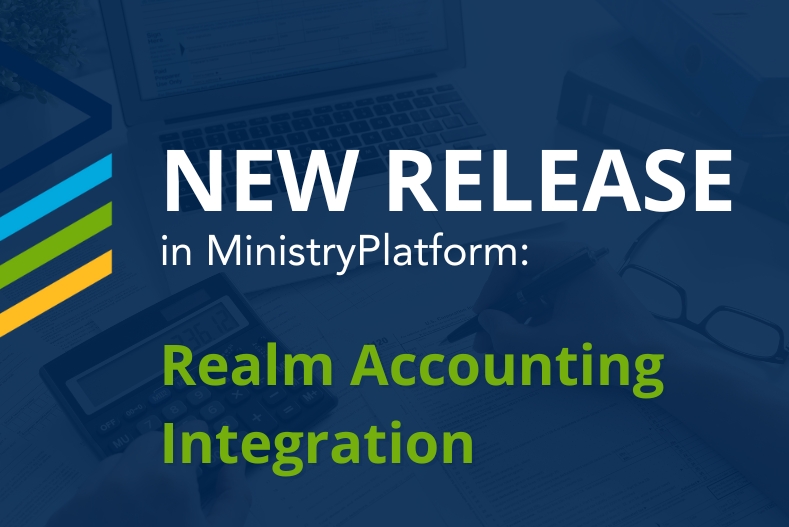The national decline in church membership and participation points to an inevitable shrinking of financial resources. Churches have to re-evaluate how they’re inspiring donors and how they’re treating them year-round. While support of the church is a Biblical calling and obligation for most, many of today’s donors also have a sophisticated expectation shaped by their experience giving to other organizations. In this series, Four Philanthropy Essentials for the Church, we’ll unpack the key strategies churches need in place for the healthy stewardship of donors.
The Art of the Thank You
No one wants to feel taken for granted.
But unfortunately, churches and ministries are notorious for paying poor attention to their most loyal donors. We get so focused on the mission, the ministry, and all it demands that we often take for granted those who faithfully and quietly make it all possible.
And I’m sure you’ve experienced it with other organizations or fundraisers. You excitedly help a great cause or immediate need and never receive a thank you or a follow-up about what happened with the project.
The statistics on donor behavior bear this out time and again*: Thanked donors – and especially speedily thanked donors – give more generously than unthanked donors or belatedly thanked donors. In most churches, the “thank you” that donors receive is a quarterly or year-end receipt with a detailed account of their giving. While necessary, that mailing shouldn’t be the sole acknowledgment your church’s donors receive: it’s rarely timely and lacks the impact of personal thanks from clergy or staff.
If you do only one thing to strengthen your church’s stewardship program this next year, make it about the art of the thank you. It’s an investment of time and resources that will produce both financial health and a culture of gratitude.
Here are some of the best ideas and practices we’ve seen across the country – consider making one or all of these a part of your stewardship plan this year:
- One ministry sent a staff member on a “tour” to thank every donor face-to-face over the course of one year. In your church context, that might look like a phone call thank-a-thon over the weeks leading up to a special event, Thanksgiving or Christmas. It could be a simple handwritten thank you to each donor who has a recurring gift in place. Or it might mean a special visit with each donor of a certain level or type from a pastor or staff member over the year. Imagine the ministry through those meetings, whose purpose is merely to say “thank you for what you do for this congregation.”
- The 48-hour rule. Some organizations establish a practice that donors are thanked in VERY short order. It might be a personal email, a tailored letter or a handwritten note from staff or volunteers. While it might look different for one-time versus recurring or monthly givers, ensure you have a plan in place that doesn’t let anyone fall through the cracks.
- Make it personal. Donors enjoy – and many have come to expect – personalized acknowledgments. Take the time to set up a system that addresses your printer or computer-generated thank you and receipt letters individually. Even better, make the time to write handwritten thanks on those printed pieces whenever you can. Finally, a personalized thank you letter mailed promptly with a receipt and response device often generates another gift (and actually makes it convenient for the donor to give again). Some ministries have found that as much of 65 percent of their donation revenue can flow from that type of receipt package.
- The handwritten thank you says “we don’t take you for granted.” You may only be able to carve out the time to do five a week (one a day), but make an effort to write handwritten cards to your faithful givers. In today’s fast-paced and tech heavy culture, it’s a meaningful way to show how much you value their generosity.
Again, whether you are working in a large multi-campus church setting or you’re wearing many hats in a small office, any of these ideas are scalable to your context. Just a renewed commitment to thanking your donors more artfully and intentionally will make a tremendous difference in the health of your stewardship program year-round.
Next week, we’ll take some of the mystery and intimidation out of donations that aren’t traditional cash gifts. The national data on donor assets makes it clear churches and ministries need a plan for those types of gifts, so check out the next post for tips and tools on that essential.
Tim Smith has over 30 years of experience in Church, Non-Profit Administration, Management, and Fund Development. Having served as an Executive Pastor and Chief Development Officer in growing Churches and Non-Profit Organizations has provided a wide range of expertise and resources. Tim serves as Founder and CEO for Non-Profit DNA, a boutique firm committed to helping nonprofits and churches build their capacity through fundraising, leadership, team building, staff recruiting, and coaching.
* Additional resources: studies and books on donor behavior
The Giving Institute‘s Giving USA Annual Report on Philanthropy, national benchmark reporting most organizations use for data and trends on charitable giving




